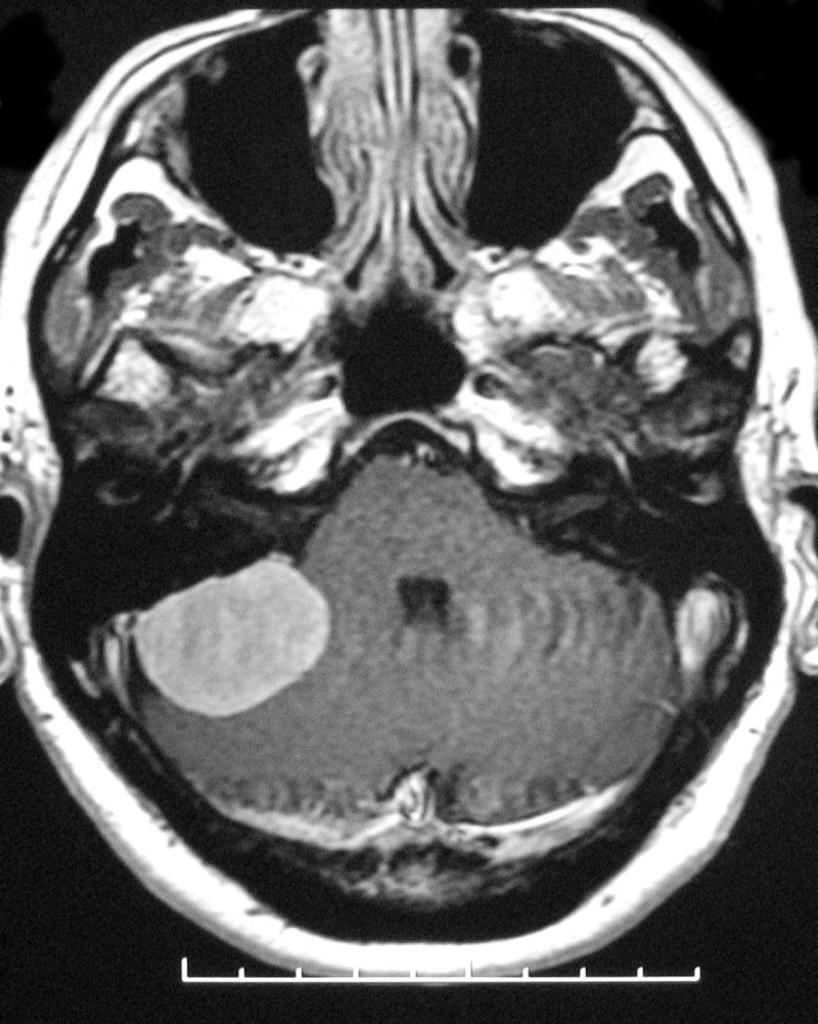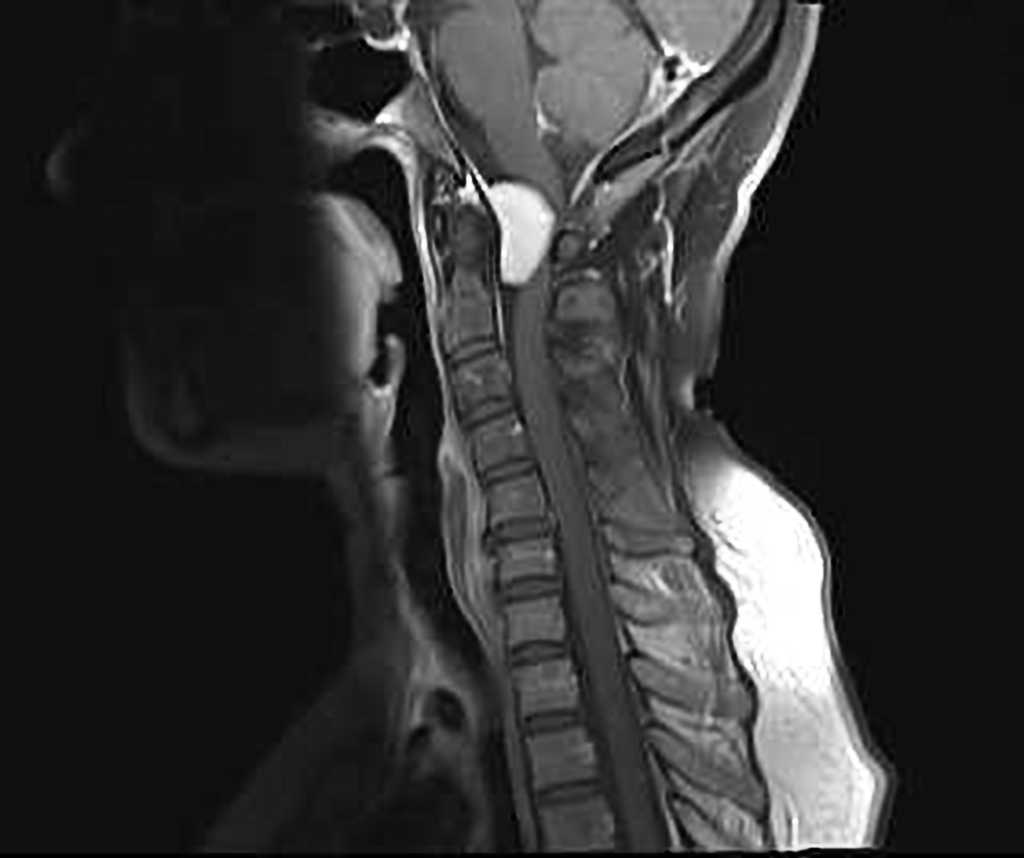Meningioma MRI
|
Meningioma Microchapters |
|
Diagnosis |
|---|
|
Treatment |
|
Case Studies |
|
Meningioma MRI On the Web |
|
American Roentgen Ray Society Images of Meningioma MRI |
Editor-In-Chief: C. Michael Gibson, M.S., M.D. [1] Associate Editor(s)-in-Chief: Ifeoma Odukwe, M.D. [2] Haytham Allaham, M.D. [3]
Overview
MRI with gadolinium is the investigation of choice for the diagnosis of meningioma. On MRI, meningioma is characterized by a homogeneous, well circumscribed, and extra-axial mass with a broad dural base. Other findings on MRI suggestive of meningioma include CSF vascular cleft sign, dural tail sign, and central necrosis or calcification that do not enhance. Meningiomas may appear different on T1 and T2-weighted sequence but with a few similarities.
MRI
Head MRI may be helpful in the diagnosis of meningioma. Findings on MRI suggestive of/diagnostic of meningioma include:[1]
- Lobular, extra axial masses with well-circumscribed margins
- Broad-based dural attachment
- Inward displacement of the cortical grey matter
- Meningioma en plaque: Tumor with a more infiltrating growth pattern over the dura
- Ardent, homogeneous enhancement after contrast administration
- In some cases, may have areas of central necrosis or calcification that do not enhance
- Peritumoral edema
- Dural tail: enhancement of the dura infiltrating away from the lesion
- A CSF cleft (may contain CSF or cortical vessels) between the tumor and the underlying brain cortex
- Intratumoral and peritumoral cysts in cystic meningiomas
- On T1-weighted sequence:
- Isointensity to slight hypointensity relative to grey matter
- Extensive dural thickening in meningioma en plaque
- Uniform low signal intensity in microcystic meningiomas
- On T2-weighted sequence:
- Isointensity to slight hyperintensity relative to grey matter
- Calcification showing as areas of low signal intensity
- High signal intensity in microcystic meningiomas
Gallery






References
- ↑ Watts J, Box G, Galvin A, Brotchie P, Trost N, Sutherland T (2014). "Magnetic resonance imaging of meningiomas: a pictorial review". Insights Imaging. 5 (1): 113–22. doi:10.1007/s13244-013-0302-4. PMC 3948902. PMID 24399610.